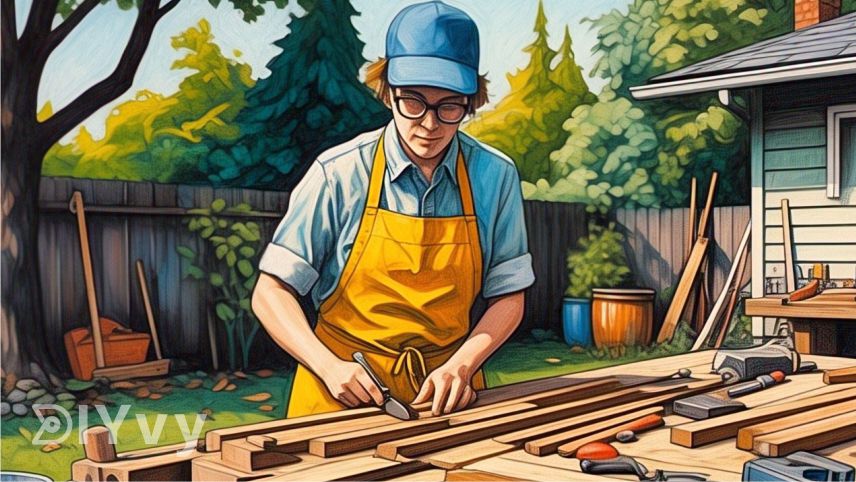Imagine the warm scent of freshly cut wood, the satisfaction of crafting something useful with your hands, and the joy of creating beauty from a simple plank. For many, woodworking is more than a hobby — it’s a deep connection to craft and creativity. But what if your passion for wood could also become a steady source of income?
Turning passion into profit doesn’t happen overnight. But with the right plan, even the smallest garage workshop can become the foundation of a thriving business.
Let’s walk through how you can transform your woodworking skills into a full-fledged business, even if you’re just getting started.
Discovering Your Niche in the Woodworking World
Woodworking is a broad field — from furniture and toys to signage, decor, and even fashion accessories. Trying to do it all can be overwhelming. Instead, focus on one clear niche.
Ask yourself:
- What do I love making most?
- What can I create in my available space?
- What items are in demand locally or online?
Popular niches to consider:
- Custom wood signs and plaques
- Wooden toys for children
- Rustic home decor items
- Carved kitchenware or cutlery
- Garden furniture or benches
By specializing, you build recognition faster. People remember the woodworker who “makes amazing kids’ toys” or “carves personalized home signs,” not someone who tries to make everything.
Start Small: Set Up a Home Workshop
The good news? You don’t need a factory or huge warehouse to start.
Many successful woodworkers began in a corner of their garage or backyard shed. All you need to begin are:
- Basic hand tools: chisels, hand drills, mallet, timber saw
- A clean, organized workspace
- Proper ventilation and lighting
- Safety gear (goggles, gloves, dust mask)
As demand grows, you can upgrade to power tools or larger setups. But early on, it’s best to keep things simple, focused, and affordable.
What Should You Make? Products That Sell
When starting a woodworking business, it’s smart to focus on items that are easier to make, require less space, and are consistently in demand. Here are some solid starting points:
1. Wooden Signs and Plaques
Great for custom gifts or home decor. You can burn names, carve inspirational quotes, or paint seasonal designs.
2. Wooden Toys
Eco-friendly, safe, and beautiful. Parents love buying handmade toys, especially if they’re customizable.
3. Cutting Boards and Kitchenware
Functional, stylish, and ideal for markets or online shops. Add engraved initials for personalization.
4. Furniture
While larger projects like benches or shelves take more time and space, they can command higher prices and build your reputation.
5. Carvings and Sculptures
For those with artistic flair, carved animal figures, wall art, or sculptures can find a passionate audience.
These projects don’t just sell — they build trust and help you refine your craft.
Sell Smart: How to Market Your Woodworking Creations
Having a great product is only half the equation. You need customers who can find it.
Traditional Methods:
- Spread the word locally (flyers, business cards, word-of-mouth)
- Sell at craft fairs, flea markets, or local expos
- Display your products at home (a porch bench or custom sign often sparks interest!)
Digital Strategies:
Build a Website or Blog
Use free platforms or invest in a small website where people can see your work, contact you, and even place orders.
Focus on SEO
Use terms like “custom wooden signs in [your city]” or “handmade wooden toys for toddlers” to get found in search engines.
Use Social Media
Instagram and Pinterest are ideal for showcasing your builds. Post photos, behind-the-scenes clips, and time-lapse videos of projects.
Join Online Marketplaces
List your work on Etsy, Facebook Marketplace, or even your local classifieds. Take great photos and write clear descriptions.
Build Relationships with Wood Suppliers
Great products start with quality materials. Build a strong connection with your local lumberyard or wood supplier.
Tips:
- Buy consistently from one supplier for better deals
- Ask questions about wood types for different projects
- Stick to high-quality wood that lasts and impresses buyers
A good relationship can also lead to referrals or deals on bulk orders.
Protect Your Creations & Showcase Your Work
If you’re creating original, custom pieces, consider copyrighting your designs. This helps protect your unique work from imitation.
Also, consider showcasing your work at:
- Local exhibitions or maker fairs
- Online galleries or portfolio sites
- Collaborations with interior designers or decor shops
These opportunities help you gather feedback, connect with other makers, and attract buyers.
Your Woodworking Business Starts Now
You don’t need a degree or a warehouse to start a woodworking business. You just need passion, a plan, and a bit of courage.
By focusing on the right niche, starting with easy-to-build products, selling smart, and growing gradually, you can turn your garage hobby into a full-fledged income stream.
Start today — your tools are waiting.
Want to build a profitable woodworking business from home?
Learn how thousands of beginners have launched real income streams using foolproof DIY woodworking plans. No experience needed — just follow the steps.
Start your woodworking business today — access your step-by-step system below:


